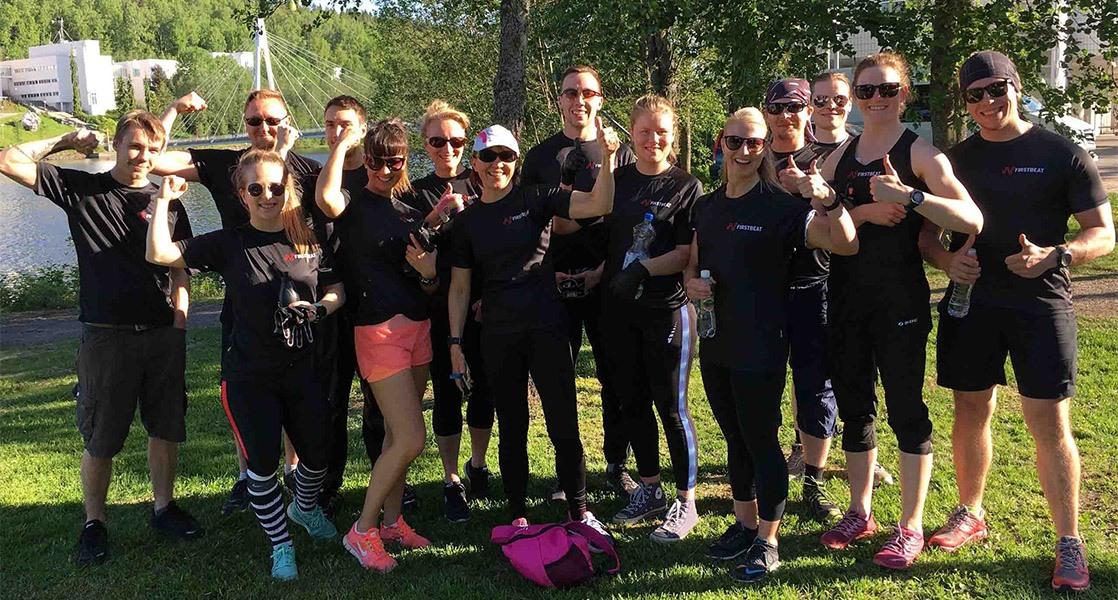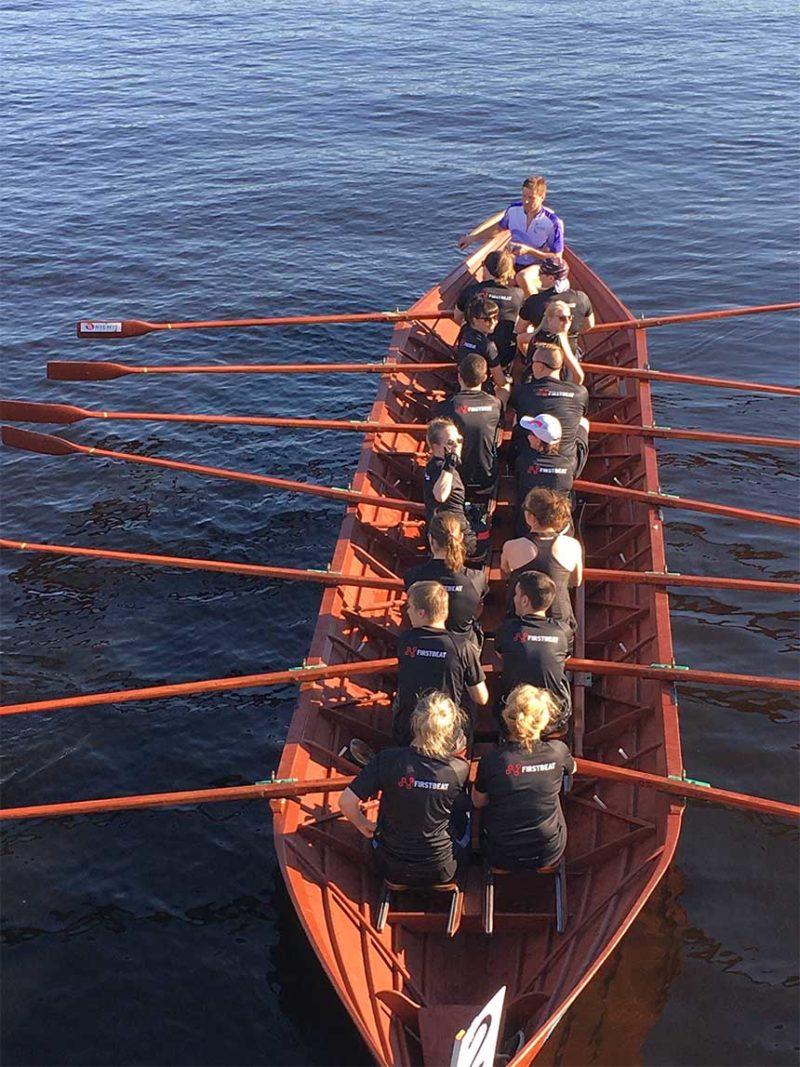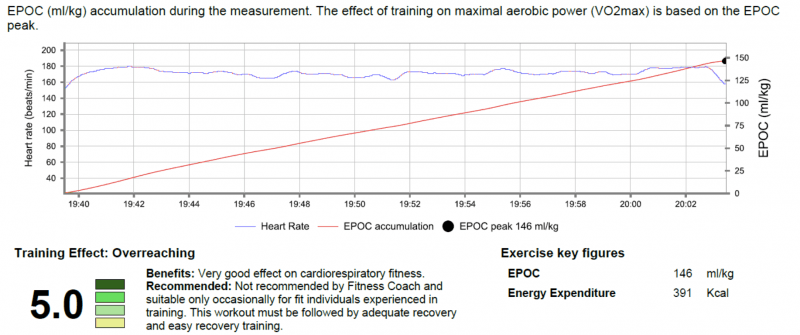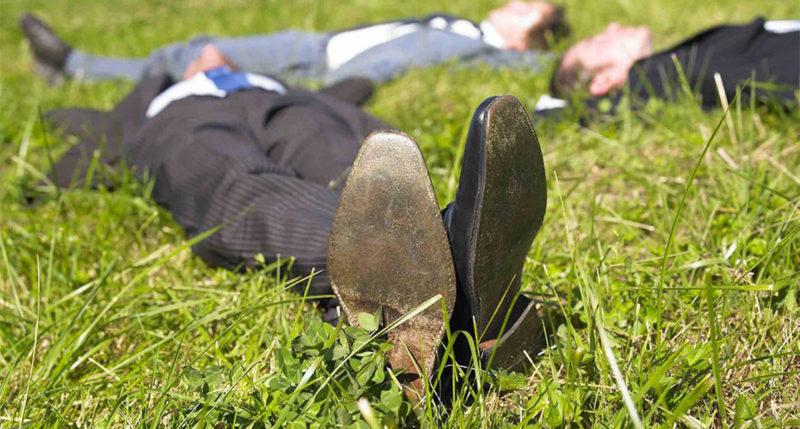
Firstbeat often participates in sports events to practice what we preach, have fun, and test our new devices and methods. Over the last few weeks, we got around a lot. A group of our guys played in a charity Padel (paddle) tournament to raise money for a children’s hospital and our women’s and men’s teams (4 and 7 orienteers, respectively) competed in a team orienteering event Jukolan viesti, where they had to find dozens of hidden points in the forest, with the men’s race starting at 11 pm and continuing through the night. The same week, a group of us took part in Jyvässoutu – a rowing race where dozens of church boats row a 7-km course as fast as possible.

The term church boat comes from the old days, when large row boats (holding up to 40-60 rowers) were built to carry people to church on Sundays from remote communities. The maintenance of these boats was actually demanded by the church! Sometimes the trip was long, starting on Saturday and including an overnight stay on the shore. The cox kept the people in line and had them singing spiritual or folk songs. On the way back, there was often a race between boats going in the same direction; winning was regarded highly and the race was of course taken seriously – using butter, eggs or grease to make the boat faster!
As a ski racer in my youth, rowing and kayaking were my principal and favorite forms of strength training in the summer time, so when the opportunity rose to enter this event, I signed right up and helped recruit a group of 14 Firstbeat colleagues to fill a boat. A fun team activity was our main reason to enter the event, but since Firstbeat is all about performance and heartbeats, we of course wore heart rate monitors to see how hard we were working. A few people might have jumped in thinking that it would be a fun, relaxing stroll on the water, but soon after the start, our competitive spirit took over and everyone realized that fun can be had, but only by giving it a pretty maximal effort… 😊 “Let’s see who has the highest max heart” … “Use your legs guys!” … “20 hard strokes now”. Towards the end, everyone was counting the strokes out loud; that was our version of spiritual chanting.
Our team of 7 men and 7 women was a random mix of individuals working at Firstbeat, with members from the consumer products team, programmers, lifestyle group, marketing team and support / office staff. Our average age was 33 (range early 20s to 50s), average height 172 cm (155 to 184) and weight 72 kg (55 to 100). Our fitness habits and levels were also varied, from competitive athletes to recreational fitness maintainers. The toughest members came to the rowing race straight from their final orienteering practice and ran in the orienteering race 2 days later. The toughest of the tough – the incredible Reetta – went orienteering and rowed the race on Thursday, then anchored both the men’s and women’s orienteering relay over the weekend, with a total of over 20 km of orienteering! For most of us, this was the most intensive bit of exercise in quite a while, and a few people were seen limping around the next day, muscles aching. Everyone had tried rowing before, but this was the first church boat experience for almost everyone. We had a cox provided by the organizing club, who gave us good technical tips, called our tempo and with increasing frequency towards the end, called out “20 max strokes” to try to get the boat flying.
The fastest boats were a lot faster than us – beating us in years of rowing experience and total body mass by a lot of kilos, but for a group of rookies, we did fine. Our time was 23 min 10 sec and we placed in the middle of the pack in the competitive group — but would have won the fitness group! Most importantly, we had fun, and at times, were rowing in excellent synchrony. There were a few oar collisions too, a lot of splashed water, one loose oar and one woman tangled up in her oar for a few moments, but that was all part of learning to work as a team.
But how hard was the effort physiologically? This is what the average numbers for our team showed:
- Average heart rate: 164 (range 150 – 185)
- Max heart: 179 (range 163 – 196)
- Training effect: 4.0 (range 3.3. – 5.0)
- EPOC: 129 (range 79 – 197)
So, it was not an easy evening row! 3 people had a TE of 5.0. Some of our fittest rowers felt that they had to focus on technique and rhythm so much that they could not maximize their physical effort (which kept their TE value fairly low), whereas the not-quite-as-fit group was definitely working close to their max throughout the race. My own training effect was 4.0 and my heart rate reached 186, which is only a few beats from my max. I’m used to the rowing technique and knew how to use my upper body and legs fairly effectively, but my maximal fitness level is not that high these days, so I could definitely feel the 23-minute sustained effort!

Training effect 5.0 means that this programmer was working close to his maximal level. His heart rate jumps up to 160 as soon as the race starts and stays between 160 -180 throughout the race. A solid effort!
All in all, a great event, and we will be back next year with a bit more experience and muscle to find out what we can really do. High VO2max and big muscles help, but good technique and synchrony seem to be even more important – no matter how tough you are, if you don’t use your legs + upper body, or if the 14 oars are not pulling at the same time, you will not get all the efficiency out of the team, nor the boat moving as fast as it could. It takes a team pulling at the same time, in the same direction to get results – just like in real life!
Click here to start getting more productivity and efficiency from your team!
You might also be interested in

Work Hard, Play Hard, Rest Even Harder
Employees are companies’ most valuable asset, so their well-being should be priority number one. We need to act to change the tune of how Britons work.

The Big Picture of Wellness – Stress Management, Good Sleep and Nutrition Go Hand in Hand
Weight management and healthy eating are issues that wellness professionals face every day with their clients.

What is Presenteeism? And How Can We Fix the Multi-billion-pound Problem?
Paying proper attention to the well-being of staff will lead to a better working environment and happier, more productive employees.


